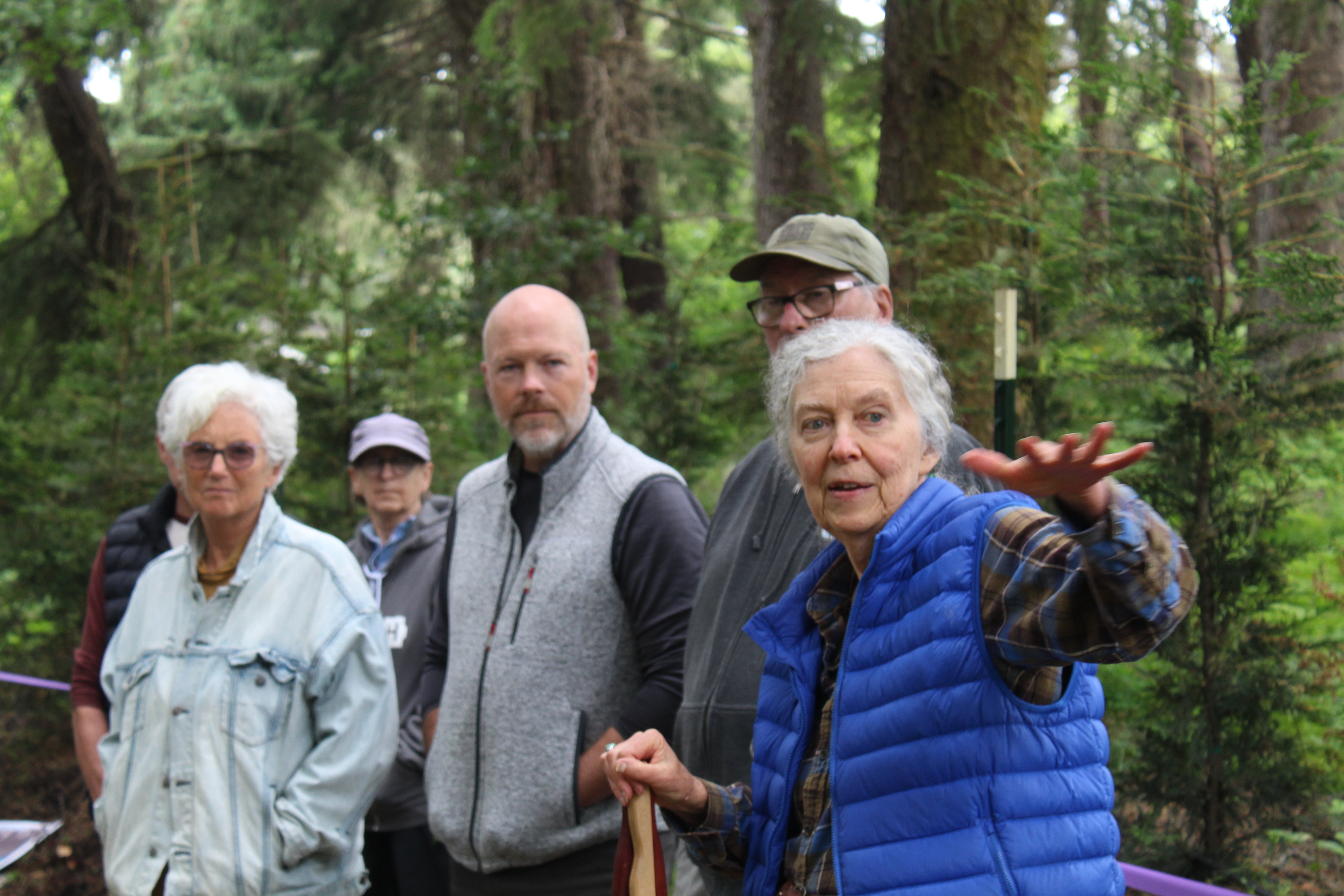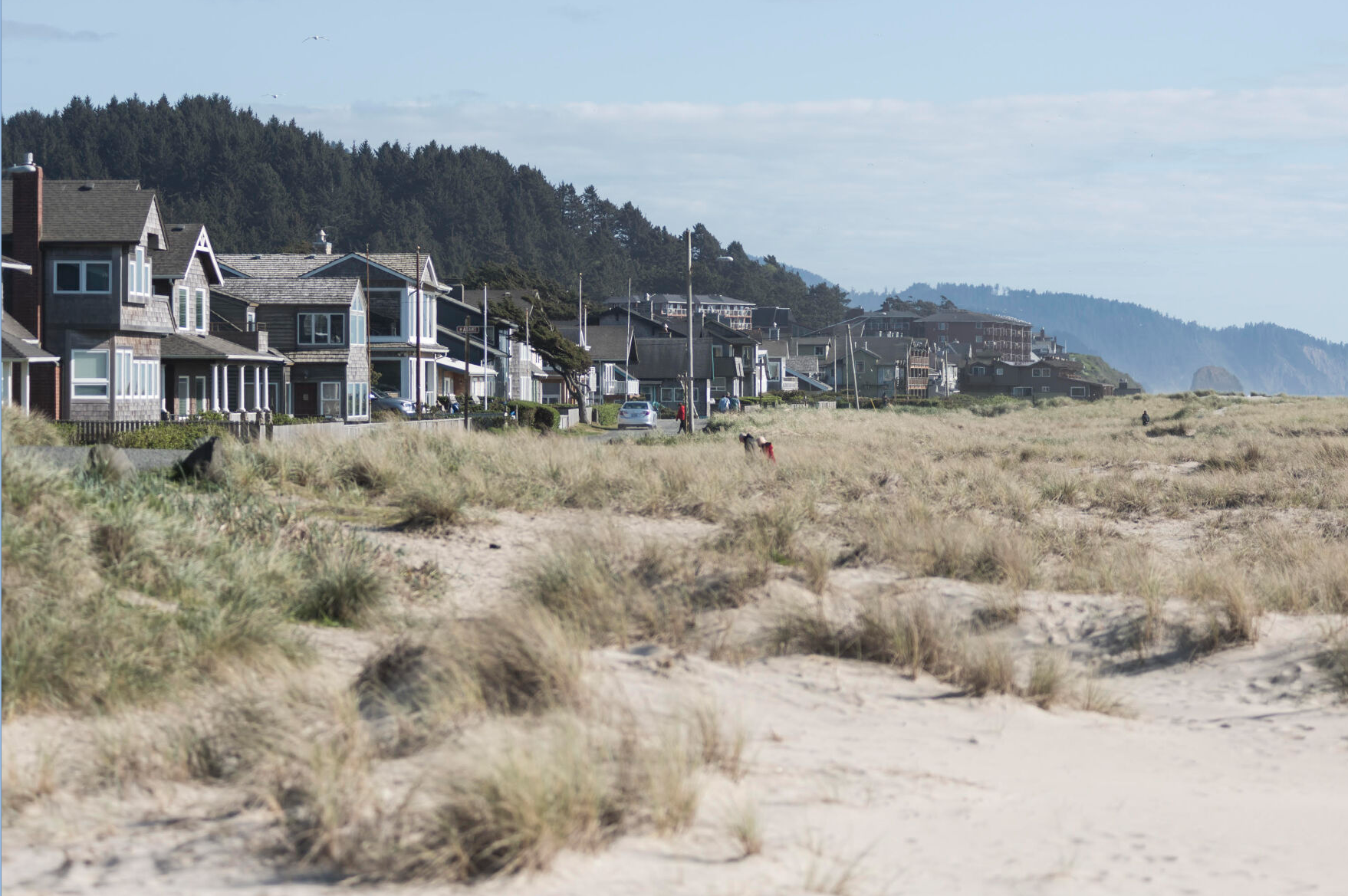Guest Column: Working forests provide clean water
Published 12:30 am Thursday, October 19, 2023

- David Wells
As someone with more than 40 years of experience as an engaged professional forester on Oregon’s Coast, as well as a forestry instructor, I disagree with many of the assertions made by a recent Oregon Wild analysis about timber harvests in watersheds on the coast.
Trending
I have lived in Tillamook for 45 years, and clean drinking water is very important to me.
Decades of data demonstrate working forests produce excellent water quality. The Department of Environmental Quality reports that of all land uses in Oregon, forests produce the highest quality water, including forests that have been harvested and replanted.
In the North Coast basin, water quality is described as being good to excellent with all sites listed as showing significant improving trends for water years 2013 to 2022.
Trending
This is in part due to progressive, science-based forest practice laws that protect water quality. Oregon’s forest practice laws were recently updated to expand protections for water by widening no-harvest areas around streams to keep water clean and cold for fish, upgrading standards for forest roads and bridges to improve fish habitat connectivity and quality and adding new requirements for harvest on steep slopes.
In addition, expanded protections for drinking water were put into place nearly two years ago. Oregon now has the largest continual protective buffers around homes, schools and drinking water intakes for helicopter applications of herbicides in forestland.
One of the hallmarks of Oregon’s forest protection laws is the requirement that harvested areas are reforested within two years. My observation is that you just have to look a little harder to see all the trees that are there.
For instance, when asked in class if a 1-foot tall tree is a tree my answer was “yes,” it just needs time to grow.
Because reforestation is so important, a lot of thought goes into what trees will grow best and what is needed to help them grow. To help young trees outgrow adjacent vegetation, foresters may consider the use of herbicides in the first years of a forest’s life. A legal requirement is that in the newly established forest, trees will be free to grow on their own for the next 40 to 60 years.
Oregon is one of the best places in the world to sustainably grow and harvest trees to produce high-quality lumber for housing. Our population continues to grow, and so does the global demand for wood products.
I’m proud that Oregon is the No. 1 supplier of lumber. These products should come from a state with strong environmental protections for our forests rather than from other states or countries with less stringent, or worse, no environmental protections for forests.









